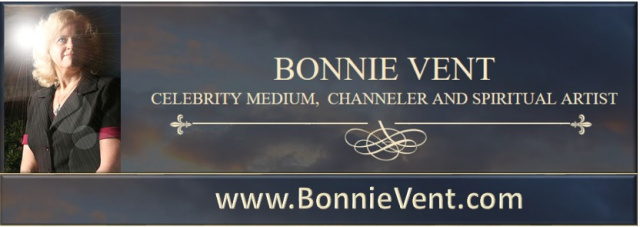Bolton Hill baseball and travel writer Charlie Vascellaro normally can be found hanging out at ballparks. So the opportunity to spend a night in late April at the Sports Legends Museum at Camden Station after hearing tales about ghostly occupants was something he wanted to experience — but, understandably, not alone.
The sleepover was the idea of Stan Charles, founder and publisher of the monthly local sports publication PressBox, who asked Vascellaro if he'd like to spend the night there and report about it for his June edition.
"Museums are basically mausoleums. They are generally about dead things and dead people," said Vascellaro the other day at the Mount Royal Tavern.
While working for the Babe Ruth Museum in 2001-2002, Vascellaro criss-crossed the country driving a truck with a travelingBabe Ruth exhibit that made stops at ballparks.
"I did experience a number of supernatural occurrences that I attributed to the Great Bambino," said Vascellaro, 48. "Good times. Bad times. Good luck. Bad luck. And averted disasters. I felt at times the Babe was with us in that truck. I really did.
"And if any place should be haunted, it's Camden Station," he said. "A recent story in the Toronto Star listed the Sports Legends Museum as one of the 'Ten places to get your fright on.'"
Camden Station's history would seem to qualify it as a perfect hangout for ghostly inhabitants.
At its completion in 1857, the $500,000 station was the largest in the nation and one of the largest in the world. Its commercial importance was secured by the fact that all trains from the north or south had to pass through Camden.
And through the years, Camden Station has been a witness to plenty of history and plenty of violence.
On April 18, 1861, Southern sympathizers attacked troops of the 6th Massachusetts Infantry as they changed trains from President Street Station on the city's east side to Camden Station, in what has become known as the Pratt Street Riot. Thirteen Baltimoreans and four soldiers lost their lives, becoming the first casualties of the Civil War.
In 1865, Abraham Lincoln's black-draped funeral train stopped briefly at the station while the president's coffin was taken for a five-hour viewing at Baltimore City Hall before continuing on toSpringfield, Ill.
In 1877, Baltimore & Ohio Railroad workers went on strike after their pay was cut by management. Rioters invaded Camden Station, burned a switch tower and a passenger car, and then sent a locomotive crashing into a siding of box cars.
At the height of the melee, some 14,000 rioters took to Baltimore's streets before Maryland regiments, a battery from Fort McHenryand city police were finally able to restore order.
Nine rioters or bystanders were shot and killed, with many others injured.
When the building was restored, bullet marks were found on its east tower, said Vascellaro.
For his sleepover, Vascellaro asked along his old friend and mentor, Roland Hemond, former Orioles general manager, who was in Baltimore for the unveiling of the statue of Frank Robinsonat Camden Yards.
Around 10:30 on a night in late April, the two men retired for the night to the basement of the building.
"Some employees reported strange feelings when they were there and hearing people coming and going who weren't there," said Vascellaro.
"These employees didn't really want their names used because they thought people would think they were crazy," he said. "Frankly, I never minded if people thought I was crazy."
Vascellaro set up for the night in an old Negro Leagues bus, while Hemond chose a spot near an exhibit showcasing the life of Baltimore sportswriter Sam Lacy.
In the end, no spirits materialized. And it was obvious that both Vascellaro and Hemond weren't too upset that they had not encountered the shade of Babe Ruth — or the ghost of any other athlete, for that matter.
While Mike Gibbons, director of the Sports Legends Museum, acknowledged that a recent visitor had felt "a presence off the main lobby near the gentlemen's waiting room," he added, "I've worked here for 15 years, and I've never felt any kind of presence beyond what we know as our own dimension."


